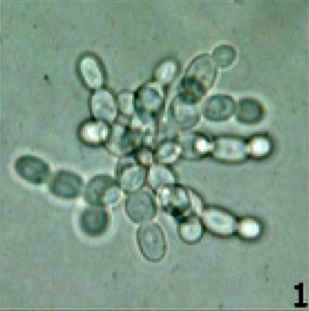Picture a world billions of years ago, where life was nothing more than invisible specks drifting through ancient oceans. There were no plants swaying in the current, no animals swimming in the water—just single-celled microbes, quietly shaping the fate of our planet. And yet, somewhere in this silent, microscopic kingdom, something wild and spectacular happened: life found a way to work together. It’s a story packed with mystery, drama, and scientific wonder—the tale of the microbes that may have sparked multicellular life on Earth.
The Primordial Soup: Where It All Began
The earliest Earth was a wild place, battered by volcanoes and lightning storms, with a sky thick with gases no human could ever breathe. In this chaotic setting, life found its footing. Scientists believe the first living things were single-celled microbes, floating alone in a vast, nutrient-rich “primordial soup.” These minuscule pioneers thrived in hot springs, deep-sea vents, and shallow pools. Each cell carried its own chemical machinery, but life was a lonely business. Still, these microbes laid the foundation for everything that came next, proving that even the smallest beings can make the biggest difference.
Unicellular Life: Masters of Survival

For billions of years, all life on Earth was unicellular—tiny, self-sufficient, and surprisingly adaptable. These microbes could survive in the harshest environments, from boiling acid pools to frozen glaciers. Some used sunlight to make their food, while others gobbled up chemicals from rocks or the sea. Despite their simplicity, these single-celled organisms were endlessly inventive, developing countless ways to eat, move, and reproduce. Their ability to thrive alone is a testament to the power of simplicity, but it also set the stage for something far more complex.
Oxygen Revolution: The Breath of Change
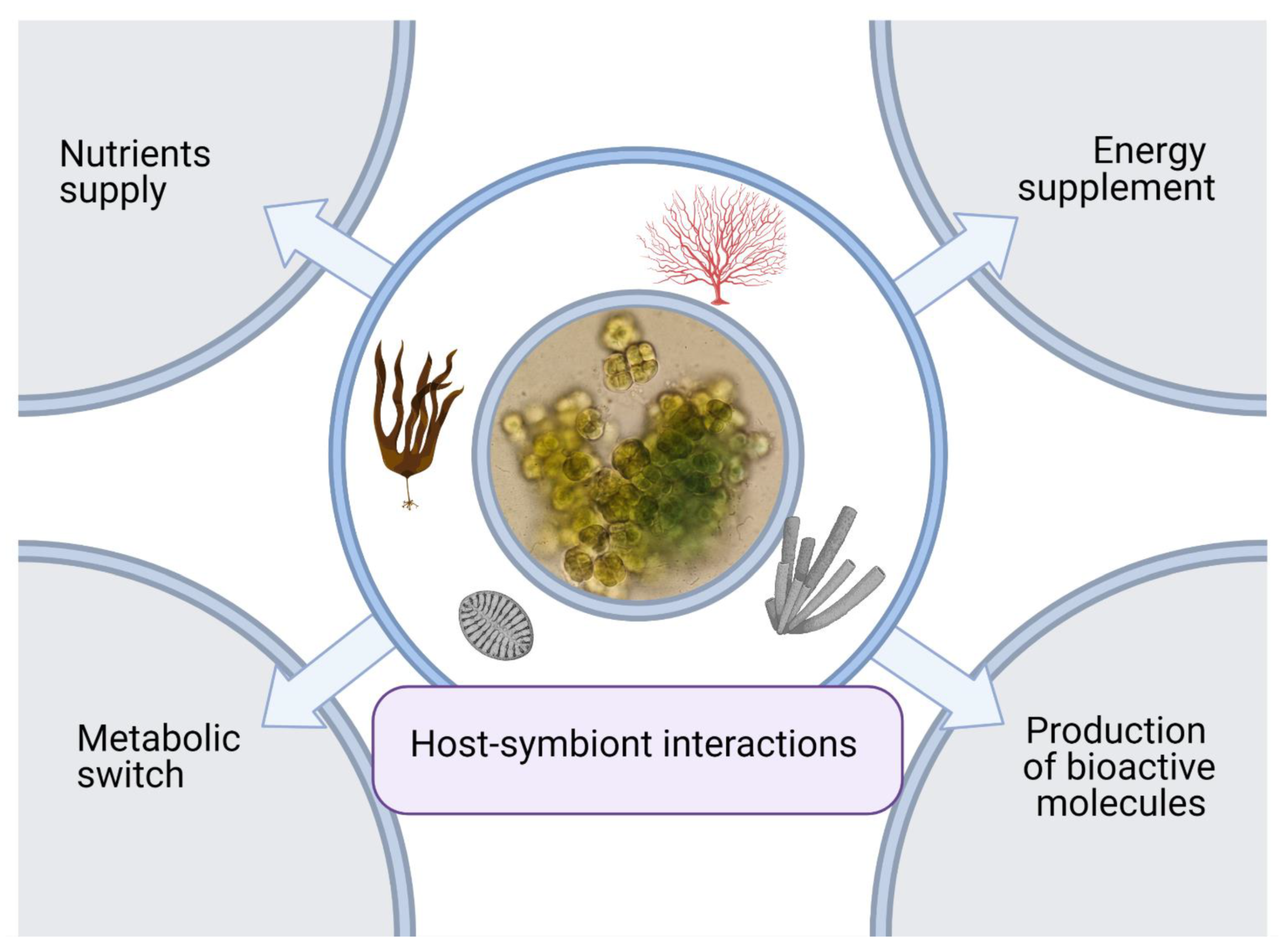
One of the most shocking twists in Earth’s history came from a group of microbes called cyanobacteria. These ancient organisms invented photosynthesis, the process of turning sunlight and water into food—and, as a byproduct, releasing oxygen. At first, this new gas was toxic to most life, causing mass extinctions. But over millions of years, oxygen began to change everything. It allowed new forms of energy production, supporting larger and more complex life forms. This “Great Oxygenation Event” was both a disaster and an opportunity, opening the door to the evolution of multicellular life.
Microbial Cooperation: The Power of Teamwork
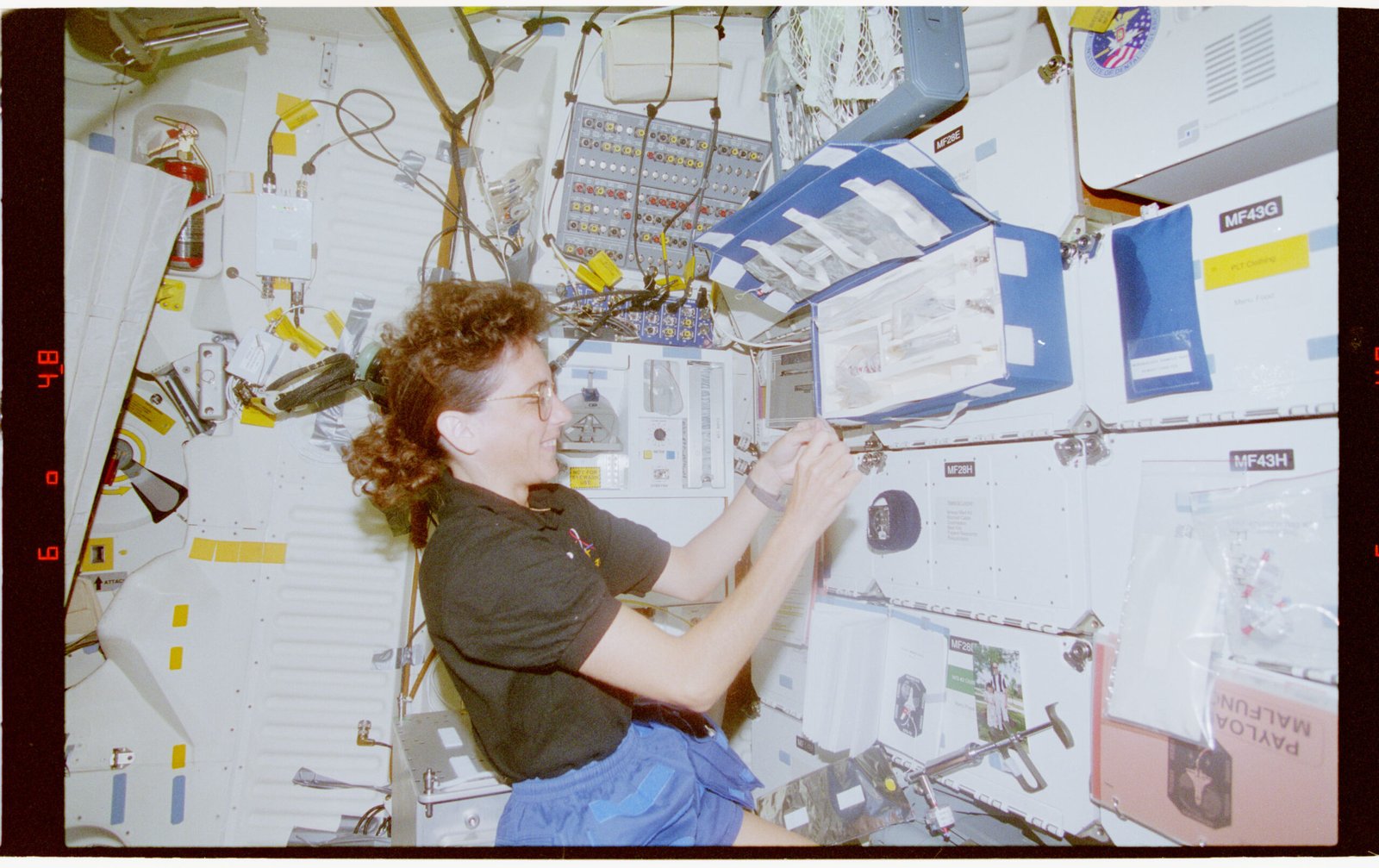
If you’ve ever watched an ant colony or a flock of birds, you know that working together can accomplish incredible things. Long before animals existed, microbes pioneered this idea. Some began to stick together, forming slimy mats or filaments. They shared nutrients, protected each other, and even communicated using chemical signals. This cooperation wasn’t always peaceful—there was competition, cheating, and betrayal. But over time, the benefits of teamwork won out. Microbes that banded together often survived better than those that went it alone.
Endosymbiosis: Merging for Survival
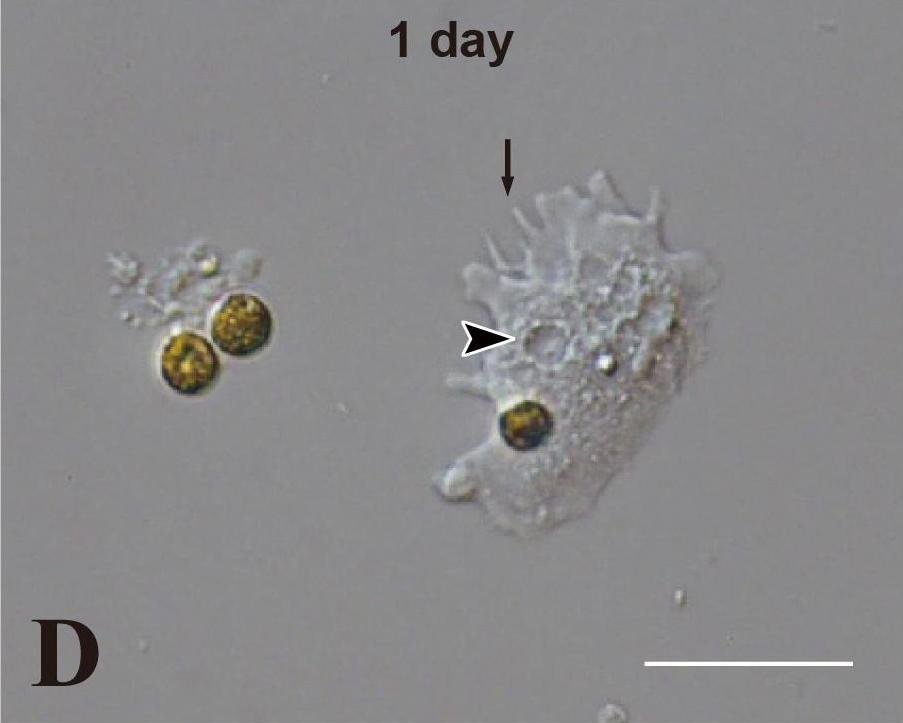
One of the most mind-bending events in evolution is called endosymbiosis—a kind of biological merger. Imagine a microbe swallowing another microbe, but instead of digesting it, the two began to live together, each providing something the other lacked. Scientists think this happened at least twice: once to create mitochondria (the cell’s powerhouses), and again to make chloroplasts (the engines of photosynthesis in plants). These mergers gave rise to eukaryotes, the complex cells that make up all plants, animals, and fungi. Endosymbiosis shows that life’s biggest leaps sometimes come from unlikely partnerships.
Communication: Chemical Chatter Among Microbes

Life isn’t just about survival—it’s also about connection. Even the simplest microbes have ways to “talk” to each other, using chemical messages called quorum sensing. Through these signals, they can coordinate behaviors like glowing in the dark, attacking a host, or building protective biofilms. In some cases, this chemical chatter helped microbes synchronize their activity, making them act more like a single organism than a collection of separate cells. This communication paved the way for the kind of coordination seen in true multicellular life.
Biofilms: Microbial Cities on the Move

If you’ve ever slipped on a slimy rock in a stream, you’ve met a biofilm. These are communities of microbes that stick together, creating a protective layer that shields them from harm. Inside a biofilm, different microbes can specialize—some break down food, others build the matrix, and a few act as defenders. This division of labor is a big step toward multicellularity. By working together, microbes in biofilms could survive attacks, resist antibiotics, and colonize new environments. Biofilms are the microbial equivalent of a bustling city, complete with neighborhoods and jobs.
Genetic Exchange: Sharing the Best Ideas
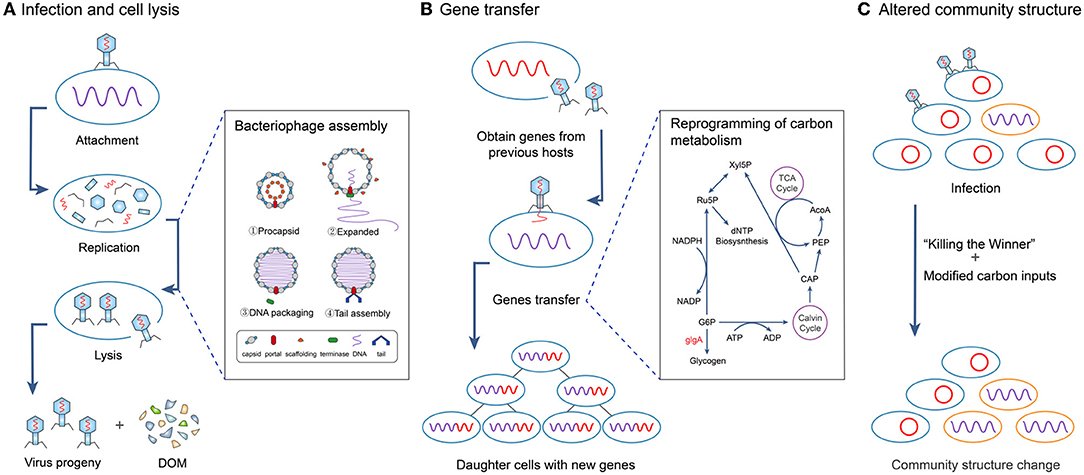
Microbes are masters at swapping genes—a process called horizontal gene transfer. Unlike animals, which pass DNA only from parent to offspring, microbes can exchange genetic material with neighbors, even those of different species. This sharing spreads new abilities quickly, like antibiotic resistance or the power to digest new foods. In early microbial communities, gene sharing may have helped different cells specialize, making cooperation more effective. It’s as if microbes were swapping recipes at a potluck, each bringing something new to the table.
Cellular Differentiation: Division of Labor
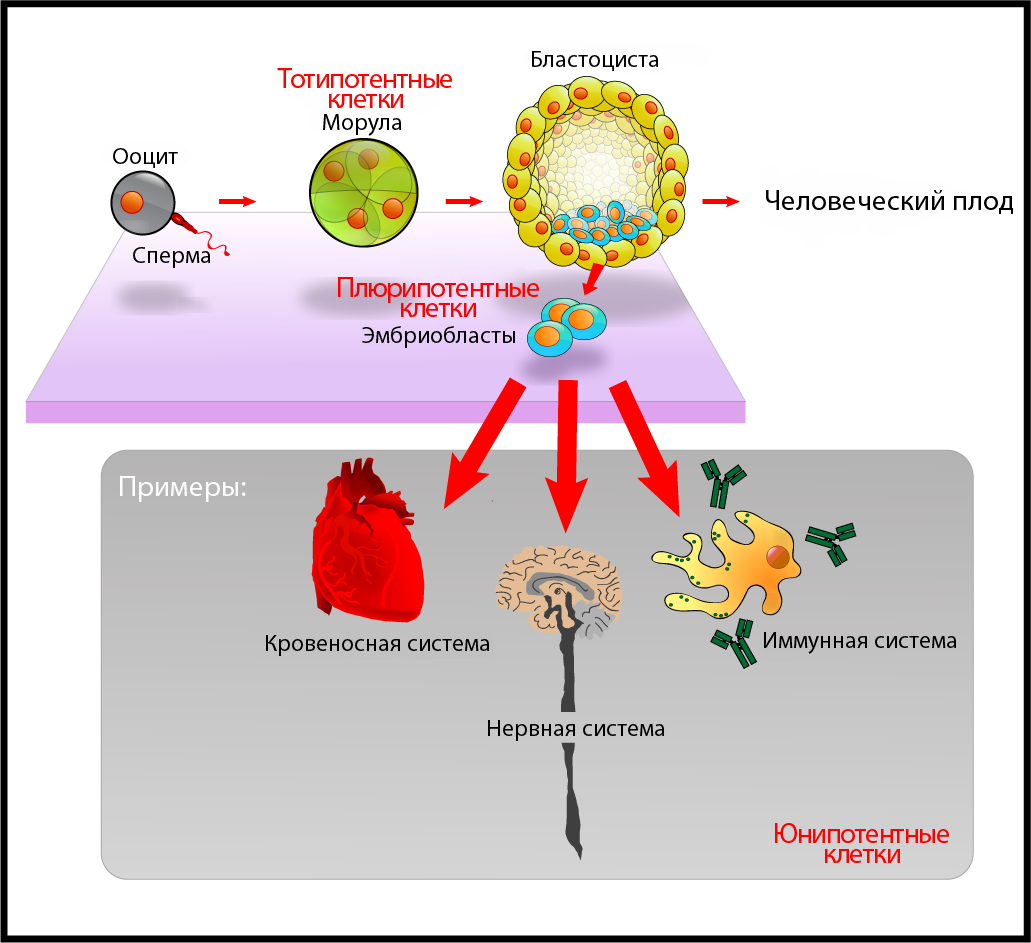
One of the hallmarks of multicellular life is differentiation—when cells take on different roles. Some microbes, like certain cyanobacteria, can already do this. In a single filament, some cells focus on photosynthesis, while others fix nitrogen or form tough spores. This division of labor makes the group stronger than any one cell alone. It’s like a sports team, where players specialize in defense or offense, working together for a common goal. Cellular differentiation was a crucial step toward the rise of true multicellular organisms.
Volvox: A Living Bridge Between Worlds

Meet Volvox, a green alga that looks like a tiny, rolling soccer ball. Each Volvox colony is made up of thousands of cells, some dedicated to movement, others to reproduction. This division of labor is a glimpse into how single-celled organisms made the leap to multicellularity. Volvox shows that the transition wasn’t sudden, but rather a gradual shift, with cells learning to trust each other and give up their independence for the good of the group. It’s a living fossil, bridging the gap between the microbial world and the dawn of animals and plants.
Choanoflagellates: Our Closest Single-Celled Cousins
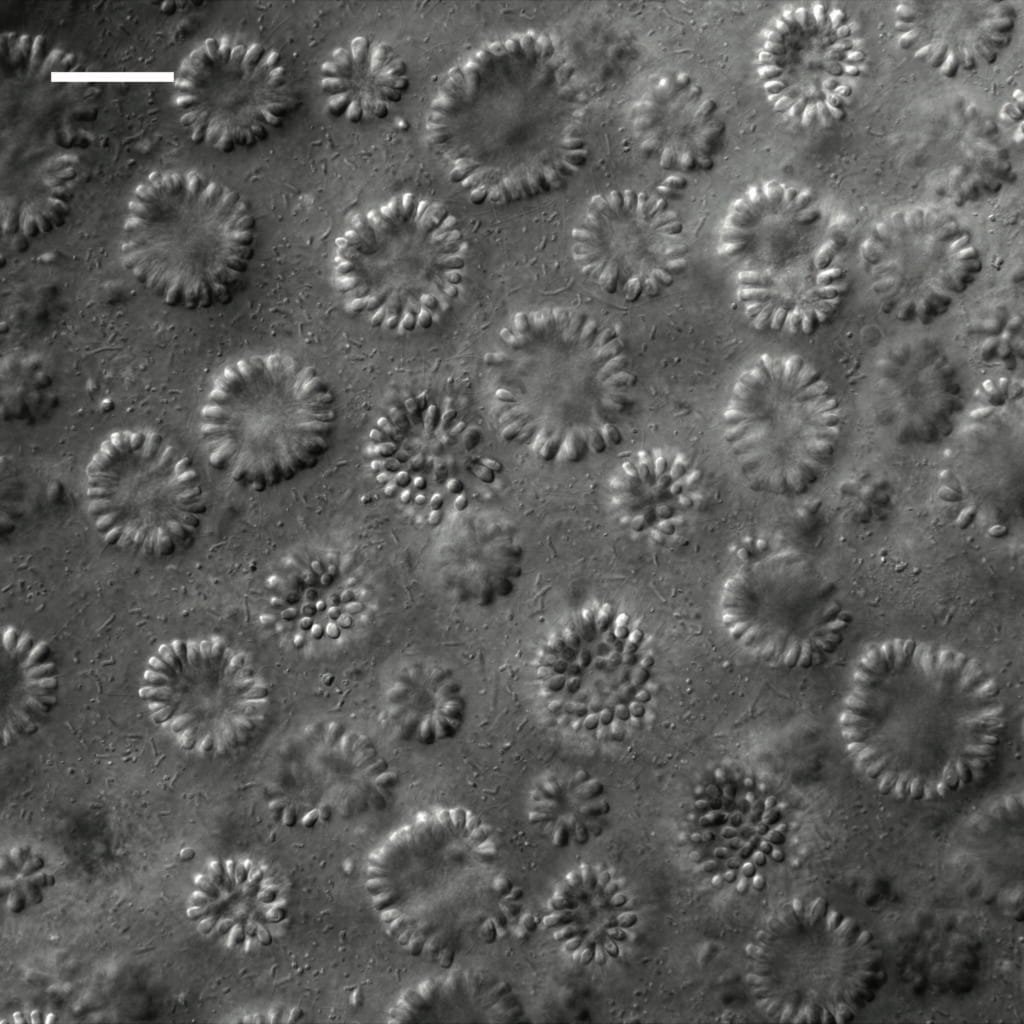
Scientists were stunned to discover that choanoflagellates—tiny, collar-wearing microbes—are the closest living relatives of animals. These single-celled organisms can live alone or form colonies, showing both independence and cooperation. They use their unique collars to sift food from the water, a trick echoed by the feeding cells of sponges, the simplest animals. Studying choanoflagellates helps researchers trace the origins of multicellularity in animals, offering clues about how our own ancestors might have lived.
The Rise of Simple Multicellular Organisms
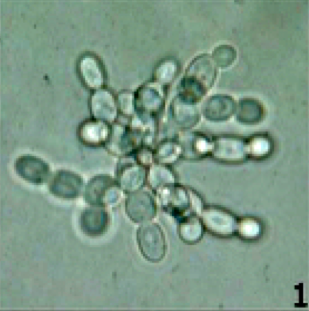
After billions of years, the first true multicellular organisms appeared. These were not yet animals or plants, but simple creatures like algae and fungi. They showed basic features of multicellularity: cells stuck together, communicated, and divided up work. Some could even heal themselves if damaged, a remarkable leap from single-celled ancestors. These early multicellular organisms set the stage for the explosion of life that would follow, proving that cooperation could unlock new possibilities.
The Cambrian Explosion: Multicellularity Unleashed
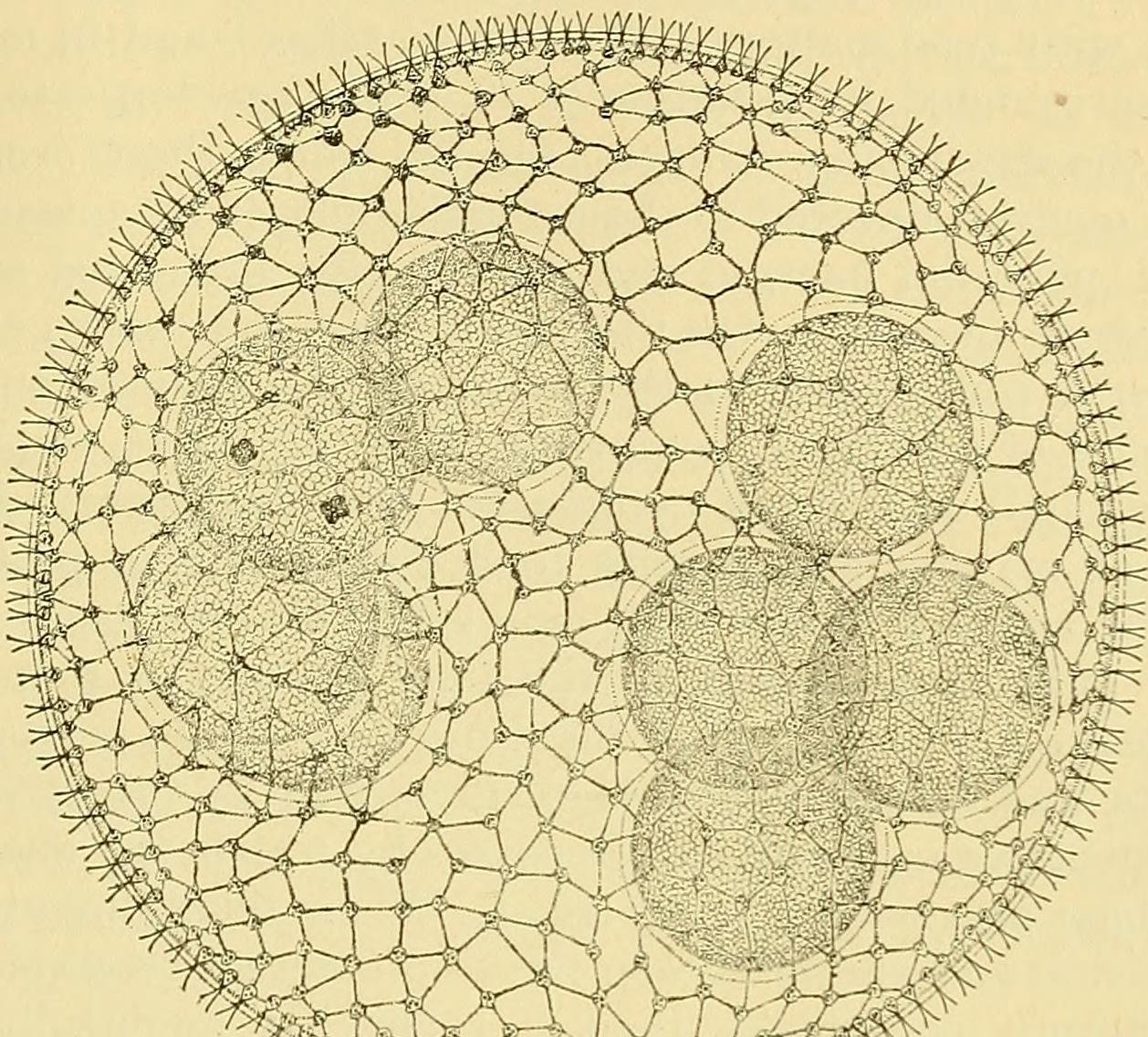
About 540 million years ago, something incredible happened—the Cambrian Explosion. In a blink of geological time, complex life forms burst onto the scene, filling the oceans with strange and wonderful creatures. This explosion was only possible because of the groundwork laid by ancient microbes. Their experiments in cooperation and complexity gave rise to animals with shells, eyes, and nervous systems. The Cambrian Explosion is a testament to the power of multicellularity, showing how it can transform a planet.
Microbes in Modern Multicellular Life

Even today, microbes remain essential partners in multicellular life. Every human body is home to trillions of bacteria, fungi, and viruses, forming a bustling ecosystem known as the microbiome. These microbes help digest food, fight disease, and even shape our moods. Many plants rely on fungi to gather nutrients from soil, while animals depend on bacteria to break down tough fibers. The story of multicellularity isn’t just ancient history—it’s happening right now, inside and around us.
Lessons from Slime Molds: Cooperation and Conflict

Slime molds are among the weirdest organisms on Earth. Most of the time, they live as single cells, but when food runs out, they join forces to become a creeping, multicellular slug. Some cells sacrifice themselves to build a stalk, lifting others high so their spores can spread. This dramatic transformation shows both the power and the price of cooperation. Scientists study slime molds to understand how cells negotiate, compete, and sometimes cheat—a reminder that even in nature’s grandest experiments, conflict is never far away.
Tracing Multicellularity in the Fossil Record
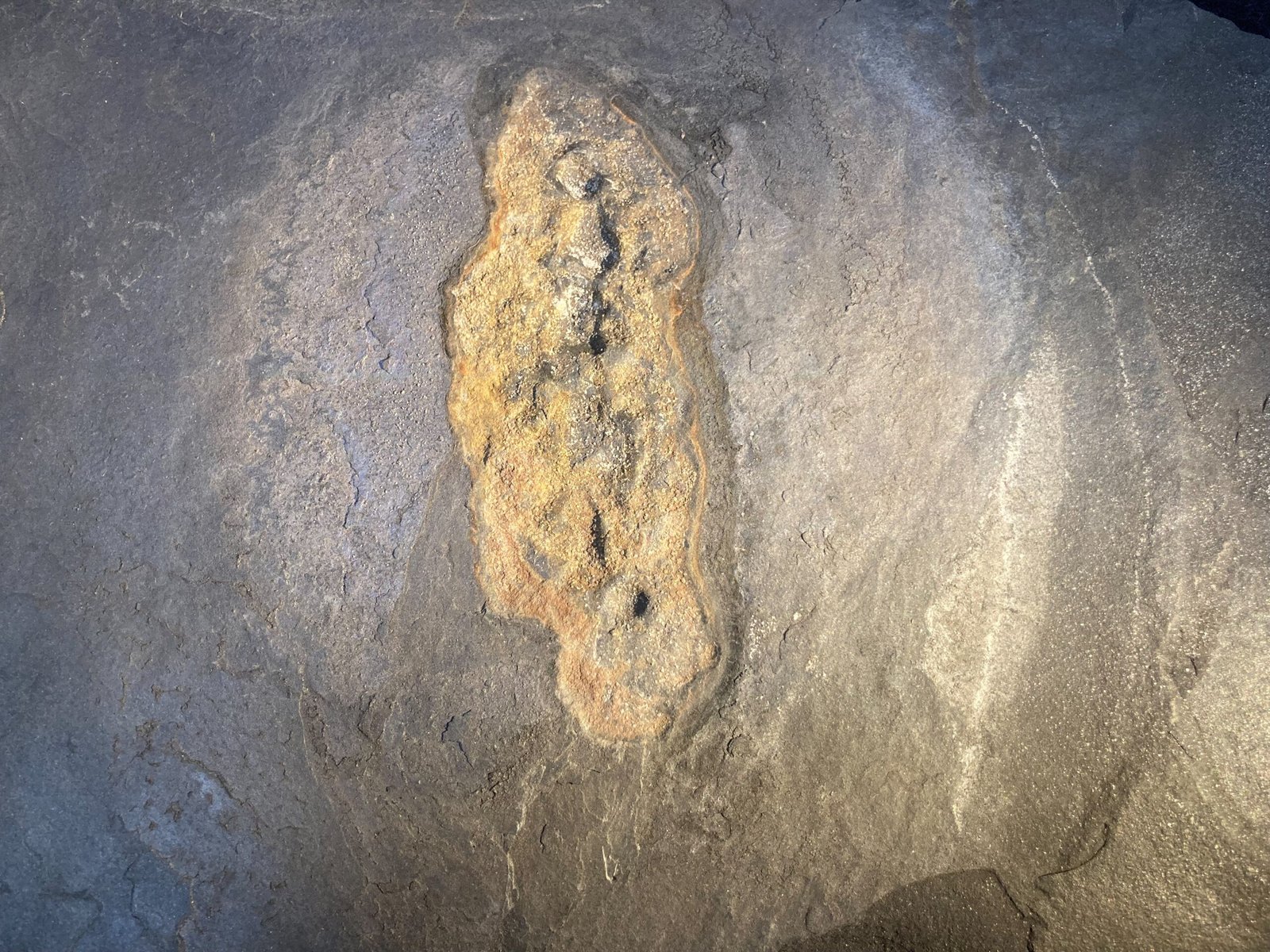
Finding evidence of early multicellular life isn’t easy. Most ancient microbes left no fossils at all. But scientists have discovered mysterious, pancake-shaped impressions in rocks over 2 billion years old—possible signs of multicellular colonies. Other fossils show strange, quilted patterns or branching filaments, hinting at complex group living. Each new discovery adds another piece to the puzzle, helping researchers reconstruct the winding road from single cells to complex creatures.
Artificial Life: Recreating Evolution in the Lab
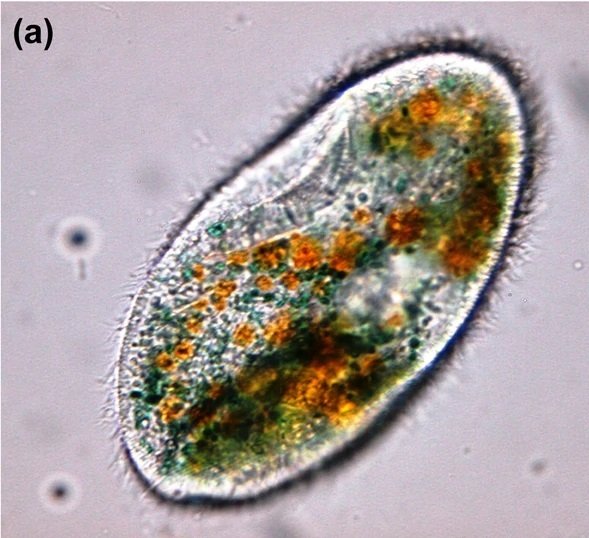
In recent years, scientists have begun to recreate the origins of multicellularity in the lab. By tweaking the environment or genetic makeup of simple microbes, they’ve watched as single cells begin to stick together and cooperate. Some experiments have even produced “proto-multicellular” organisms in just a few years—a blink compared to billions of years of evolution. These studies offer tantalizing glimpses into life’s early experiments and help answer age-old questions about how complexity arises from simplicity.
Implications for Life Beyond Earth
The story of Earth’s microbes isn’t just about our own planet. If simple cells can evolve into complex life here, could it happen elsewhere? Scientists searching for life on Mars, Europa, or distant exoplanets are keenly interested in how microbes make the leap to multicellularity. The lessons learned from Earth’s history guide the search for alien life, sparking hope that somewhere in the universe, other worlds might be teeming with strange, multicellular creatures waiting to be discovered.
What This Means for Us
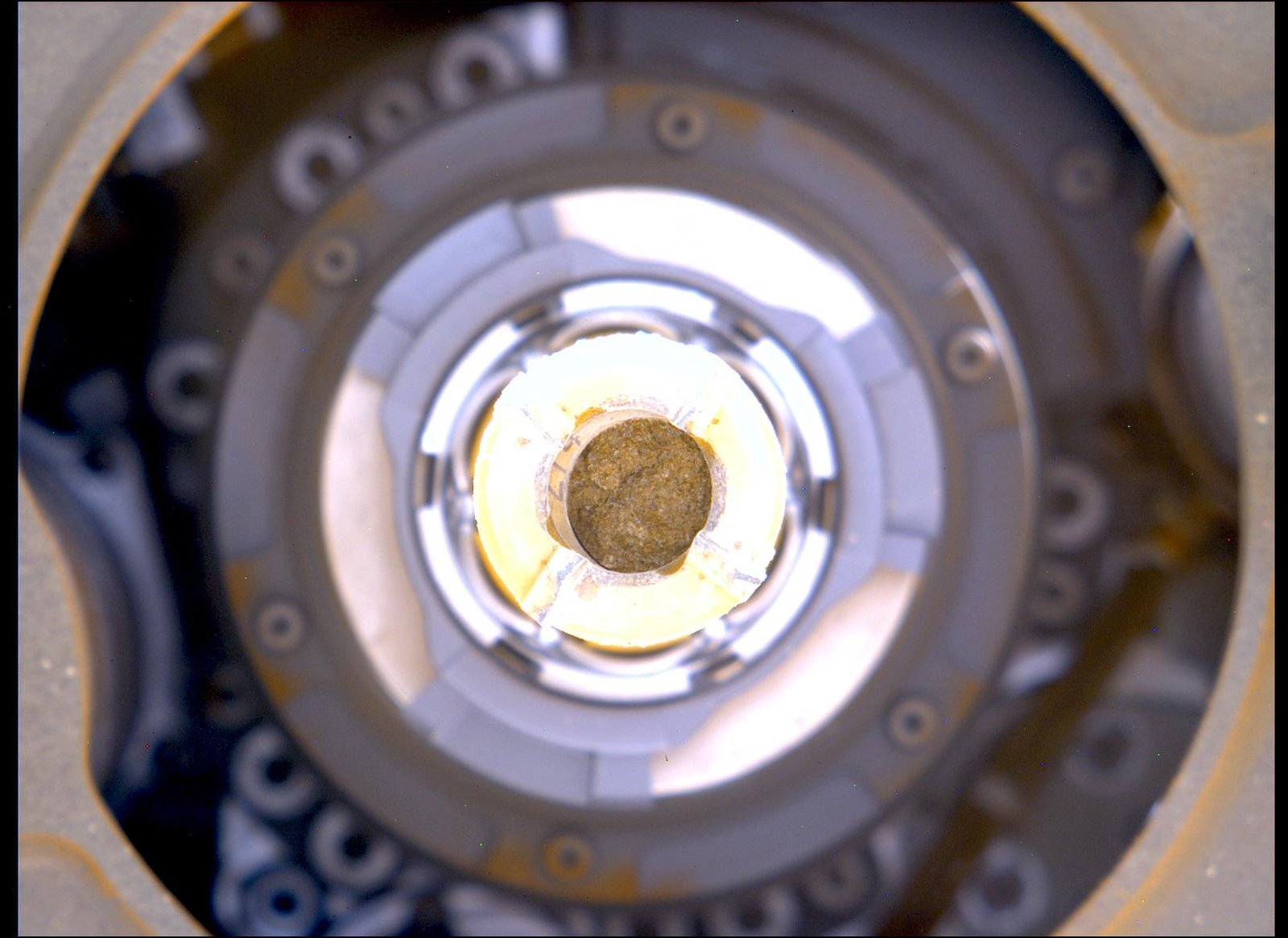
The tale of the microbes that sparked multicellular life is both humbling and inspiring. It reminds us that greatness often starts small, with tiny acts of cooperation and courage. Every animal, plant, and human owes its existence to ancient microbes who dared to work together. Their legacy lives on in every cell of our bodies, and in every act of partnership we see in nature. Will we carry forward their lesson of unity and innovation? The answer, as always, lies in our hands.

